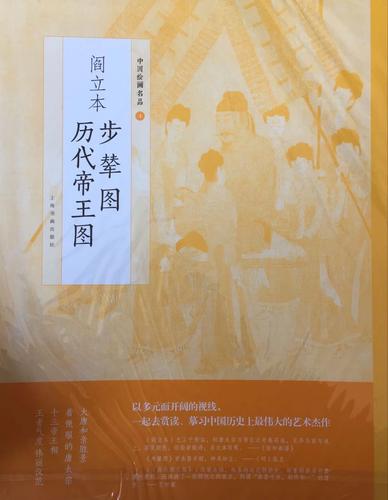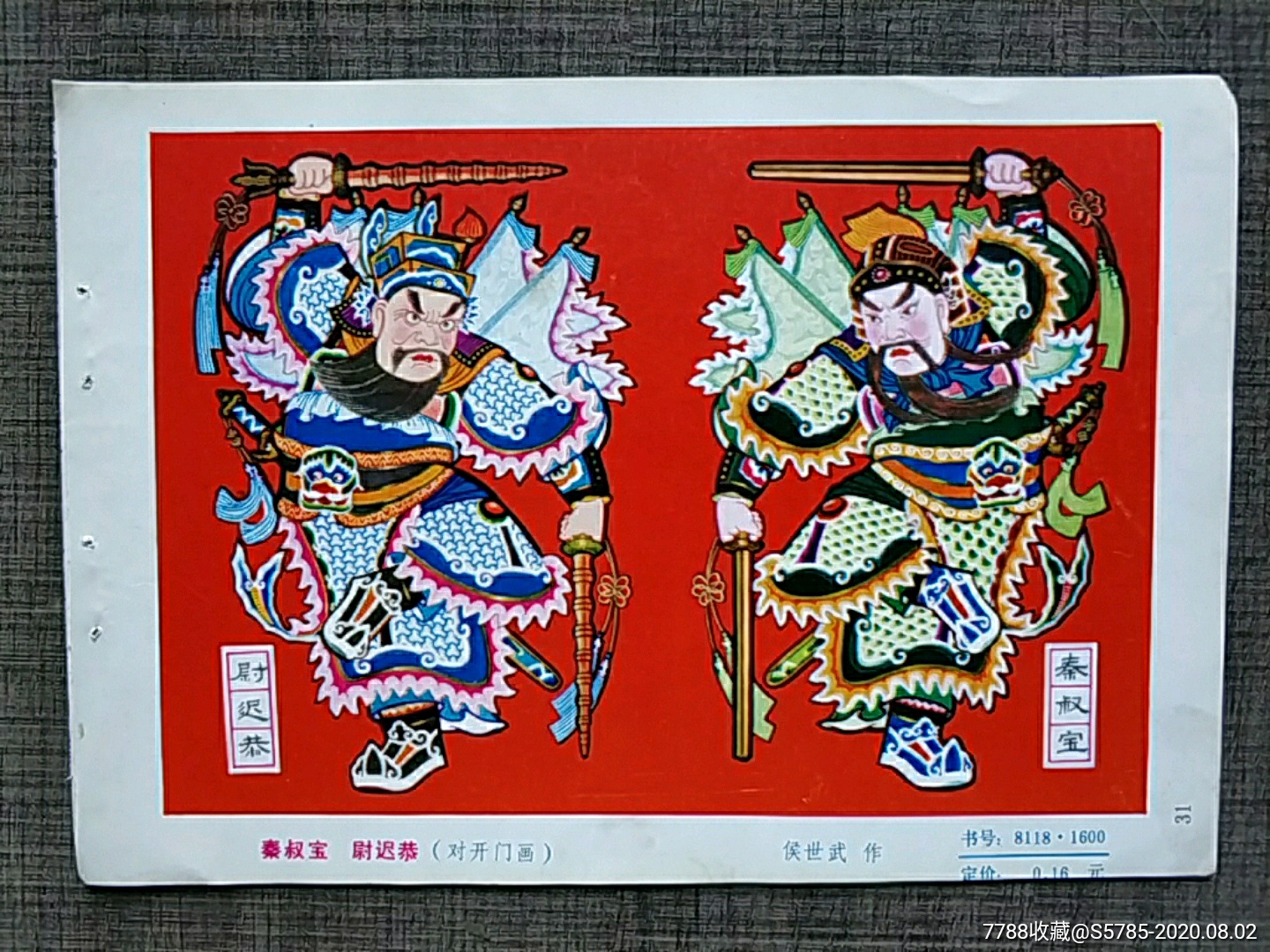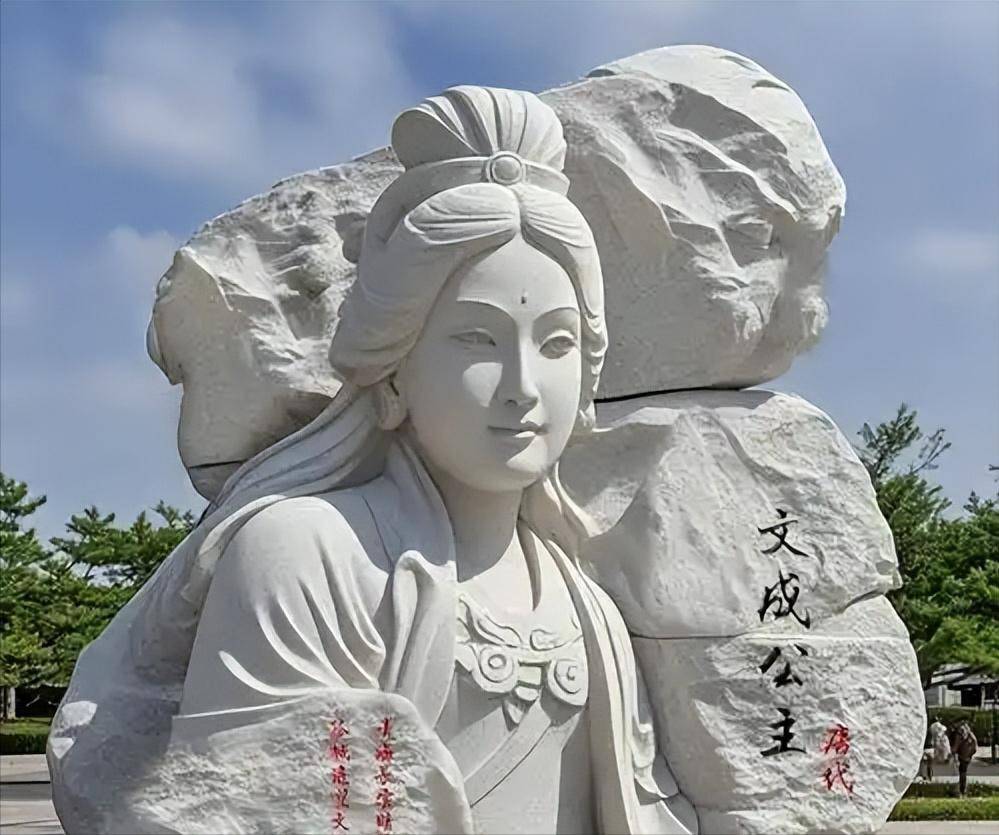How many troops did An Lushan have during the An Lushan Rebellion? Below, the History Encyclopedia editor will provide a detailed introduction to the relevant content.

The An Lushan Rebellion lasted for seven years and two months. During this period, the Tang Dynasty had three emperors, from Emperor Xuanzong Li Longji to Emperor Suzong Li Heng, and then to Emperor Yu; And the rebel leaders changed four times, from An Lushan to An Qingxu, then to Shi Siming, and finally to Shi Chaoyi.
It can be said that the internal turmoil continuously weakened the combat effectiveness of the rebels, and they eventually lost to the Tang Dynasty. However, even if Shi Chaoyi was ultimately defeated and committed suicide, this rebellion did not truly come to an end, but only ceased to rise up against the Tang Dynasty. But it exists in another form. At that time, all the surrendered generals were allowed to hold their original positions by the Tang Dynasty. This was not only a trap dug by Pugu Huai’en for the Tang Dynasty, but also a last resort for the Tang Dynasty. After all, the destruction of the An Lushan Rebellion was too great, and the prosperity of the Tang Empire collapsed with a loud bang. The majesty and control of the empire were no longer the same as before, and the fragmentation of fiefdoms became a powerful regional force, increasingly detached from the control of the Tang Dynasty. The economy has been destroyed and people have been displaced.
The instigator of this rebellion was An Lushan, a fat man weighing 330 pounds who was loyal and honest like a clown in front of Emperor Xuanzong of Tang. He gained the trust of Emperor Xuanzong and became the adopted son of Yang Guifei. With the guidance of Li Linfu, An Lushan quickly became the military governor of Fanyang and Pinglu, and later obtained the military governor of Hedong. He single handedly commanded three towns and became the strongest presence after Wang Zhongsi. Wang Zhongsi once commanded four towns, but although he was the adopted son of Emperor Xuanzong of Tang, he did not gain the trust of Emperor Xuanzong and was ultimately falsely accused and died a violent death.

Afterwards, An Lushan commanded the most troops. In Pinglu, Fanyang, and Hedong, there were a total of 183900 soldiers, while at that time, the ten military governors combined had 495000 presidential soldiers. An Lushan alone led more than one-third of the troops, while the total strength of the ten military governors accounted for about 85% of the national strength. In this way, An Lushan himself led nearly one-third of the Tang Empire. Of course, An Lushan had relatively less military control over the Hedong region.
But in 755, when An Lushan rebelled, he still gathered 150000 troops, including all the troops of Pinglu and Fanyang, as well as some of the troops from Hedong, and the troops of tribes such as Tongluo, Xi, Khitan, and Shiwei. He claimed to have 200000 troops and rebelled based in Fanyang, under the pretext of An Lushan issuing a decree to suppress Yang Guozhong as ordered by the court.
Soon, the whole country was plunged into war. As Chang’an was about to fall, Emperor Xuanzong of Tang “personally led the imperial expedition” and fled to the south in a dejected manner, resulting in the famous Ma Wei Yi Mutiny. Then Emperor Xuanzong of Tang entered Shu and became the Grand Emperor, and Crown Prince Li Heng ascended to the throne in Lingwu. The war to recapture the two capitals began, and An Qingxu killed his father An Lushan and became emperor himself. However, there was a conflict between An Qingxu and Shi Siming. After An Qingxu sought help from Shi Siming in the Battle of Xiangzhou, Shi Siming killed An Qingxu and took over the rebels, proclaiming himself emperor.
In 761, Shi Chaoyi killed his father Shi Siming and proclaimed himself emperor. At this time, the rebels no longer had a unified command as before, and Shi Chaoyi had no binding force on the rebels. In the battle against the Tang army, they almost suffered successive defeats. In October 762, Emperor Tang ordered Pugu Huai’en to lead various military governors as deputy marshal to attack Luoyang. Shi Chaoyi led 100000 elite soldiers to reinforce Luoyang, but was defeated by Pugu Huai’en. Shi Chaoyi suffered significant losses, with 60000 beheaded and 20000 captured. Afterwards, Shi Chaoyi fled eastward with hundreds of light cavalry, while Pugu Huaien led the Shuofang army to continue pursuing Shi Chaoyi. Several counterattacks organized by Shi Chaoyi have failed.
Shi Chaoyi’s subordinates surrendered to Tang one after another. With no way out, Shi Chaoyi hanged himself in the forest. The An Lushan Rebellion came to an end.
At that time, Pugu Huai’en had already had conflicts with the court and had ulterior motives. Therefore, he did not exterminate the rebel military governors who surrendered to the Tang Dynasty. On the contrary, he petitioned the court to restore them to their original positions. Tian Chengsi was appointed as the military governor of Weibo, Li Huaixian as the military governor of Lulong, Li Baochen as the military governor of Chengde, and Xue Song (grandson of Xue Rengui) as the military governor of Xiangwei, which was no different from before. In order to appease the people and quickly end the war, the court agreed to Pugu Huai’en’s request, and from then on, the Tang Dynasty entered a situation of regional separatism.
The old tribe of Heshuo still regards An Lushan and Shi Siming as saints, and Tian Chengsi also erected a temple for An and Shi, named “Saints”. During the reign of Emperor Muzong of Tang in the ninth century, the influence of An Lushan and Shi Siming was still present.


